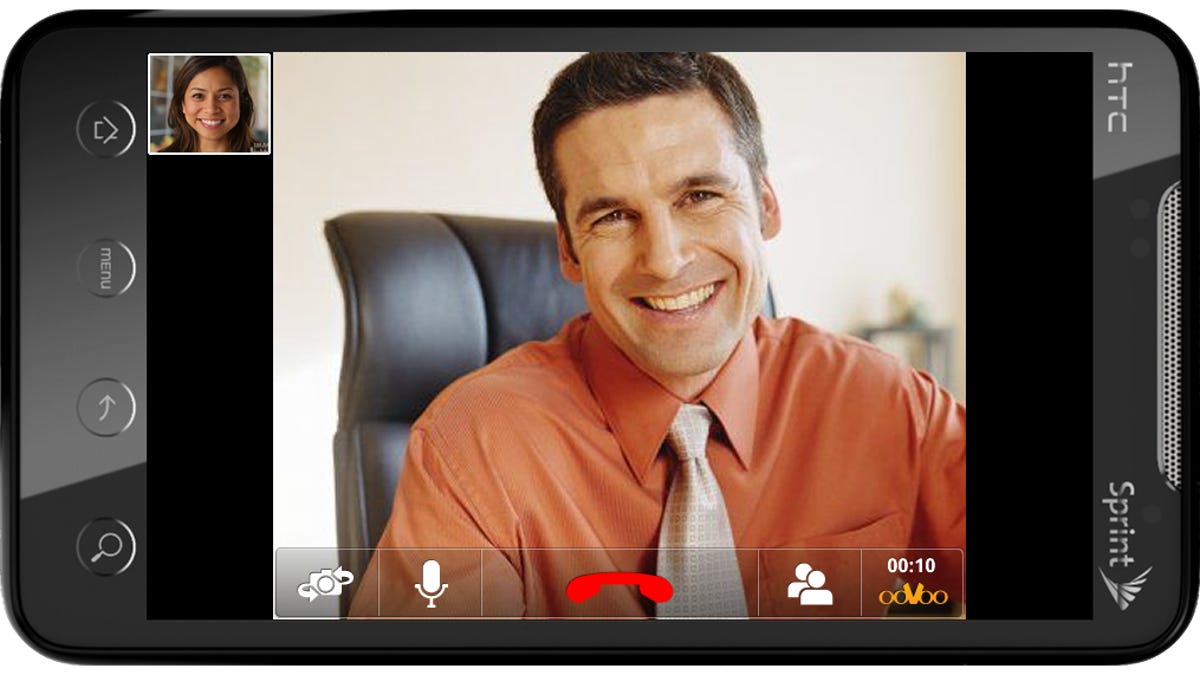OoVoo Mobile takes on Qik, Fring for Android video chat
OoVoo Mobile is a new Android app that brings video conference calls to mobile phones. Qik, Fring, and Skype have some catching up to do.

Fring, Apple FaceTime, and the
Oovoo Mobile has most of the touch-friendly controls you'd expect, and in a clean interface design. While on a call, you can turn on speakerphone, mute the audio, and even mute the video broadcast from your end. You'll be able to switch between broadcasting from both the front-facing and rear-facing cameras, and can add more callers during a call or before you start. In addition to video and voice calls with other mobile and desktop users, there's also instant messaging through the app to other OoVoo users. This usually comes in handy for arranging calling times or communicating in case of a technical obstruction.
CNET got an early look at OoVoo Mobile last week, speaking with OoVoo employees we called on a mix of PCs and Android phones. The video and app were impressive overall, even if the early preview version we saw lacked some key features that are promised at launch (like the camera swap mode and landscape video support.)
Video quality varied in our demo, which we expected. Although the stream was never photorealistic, some callers looked sharper than others, and one caller was downright choppy. We also noticed some caller delay at times. These are all flaws that crop up in every VoIP service we've used, so we're willing to cut OoVoo some slack for now. The quality of the phone's camera or desktop Web cam, and the bandwidth strength will also play a role in overall quality, too, which you should also keep in mind.
What OoVoo can perfect is the way it manages videos from multiple parties. The app will let you toggle among callers' full-screen videos at launch, but it won't display thumbnail videos in a single layout for all active callers, and it won't let you swipe left or right in full-screen mode to advance through the callers' video streams.
Pricing, competition
OoVoo Mobile is getting its start on Android phones with front-facing cameras, like the HTC Evo 4G and the
Like we said, it's been almost a year since OoVoo first announced its intention to go mobile. That's given competitors like Fring, Qik, and Skype plenty of time to bolster their own products. Skype's lack of video support in its mobile apps is especially surprising, and OoVoo's accomplishment on Android may very well spur the VoIP giant on.

